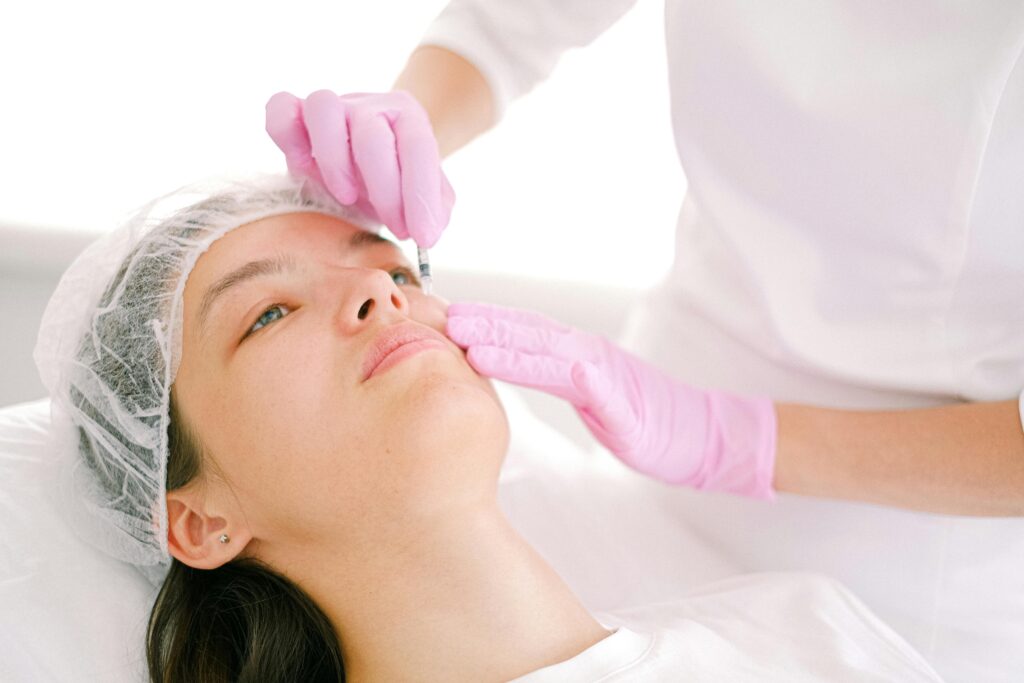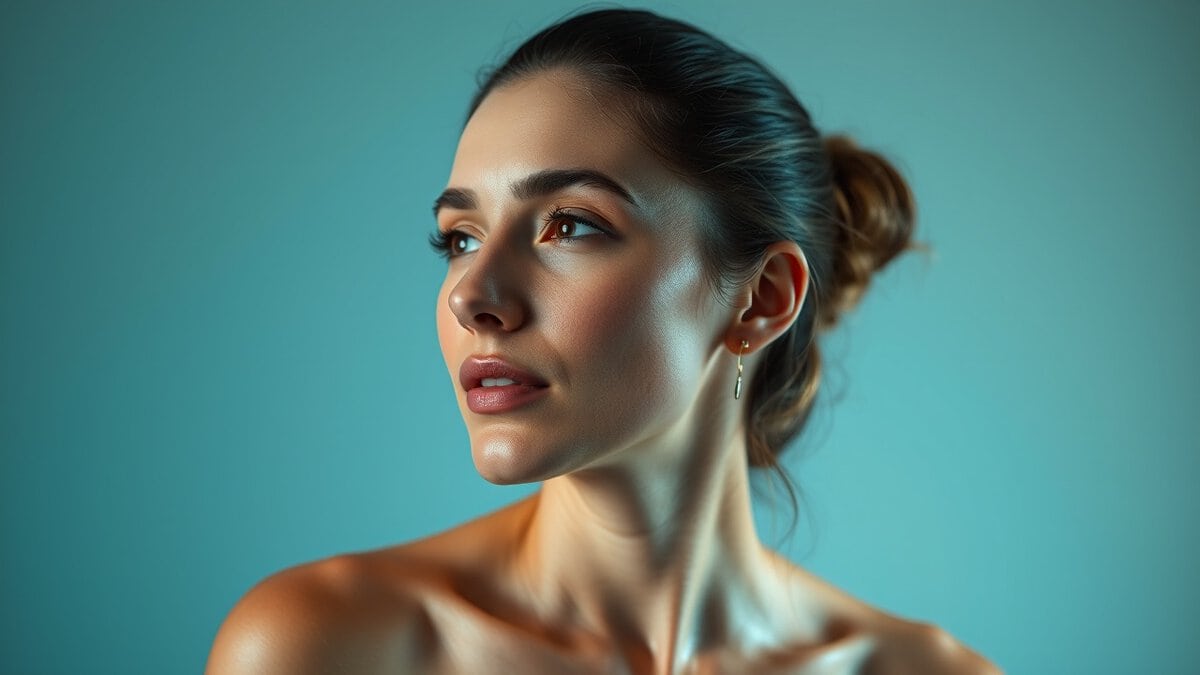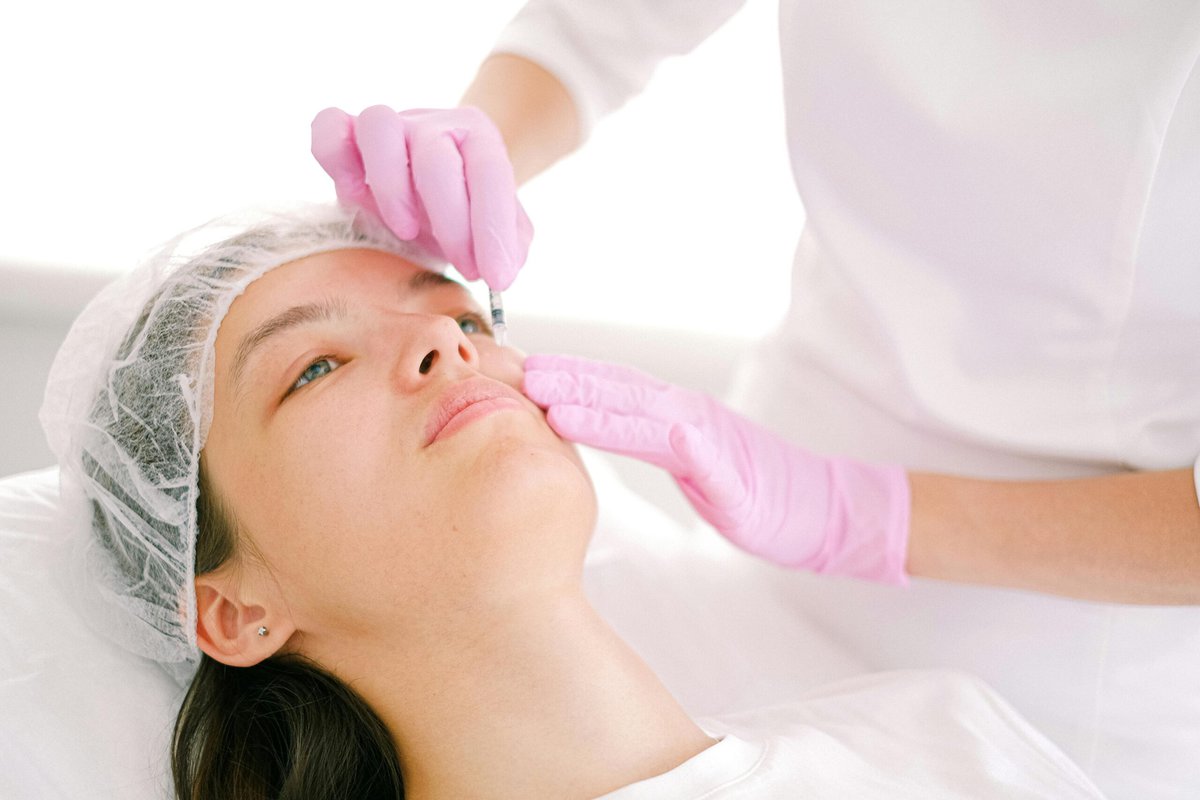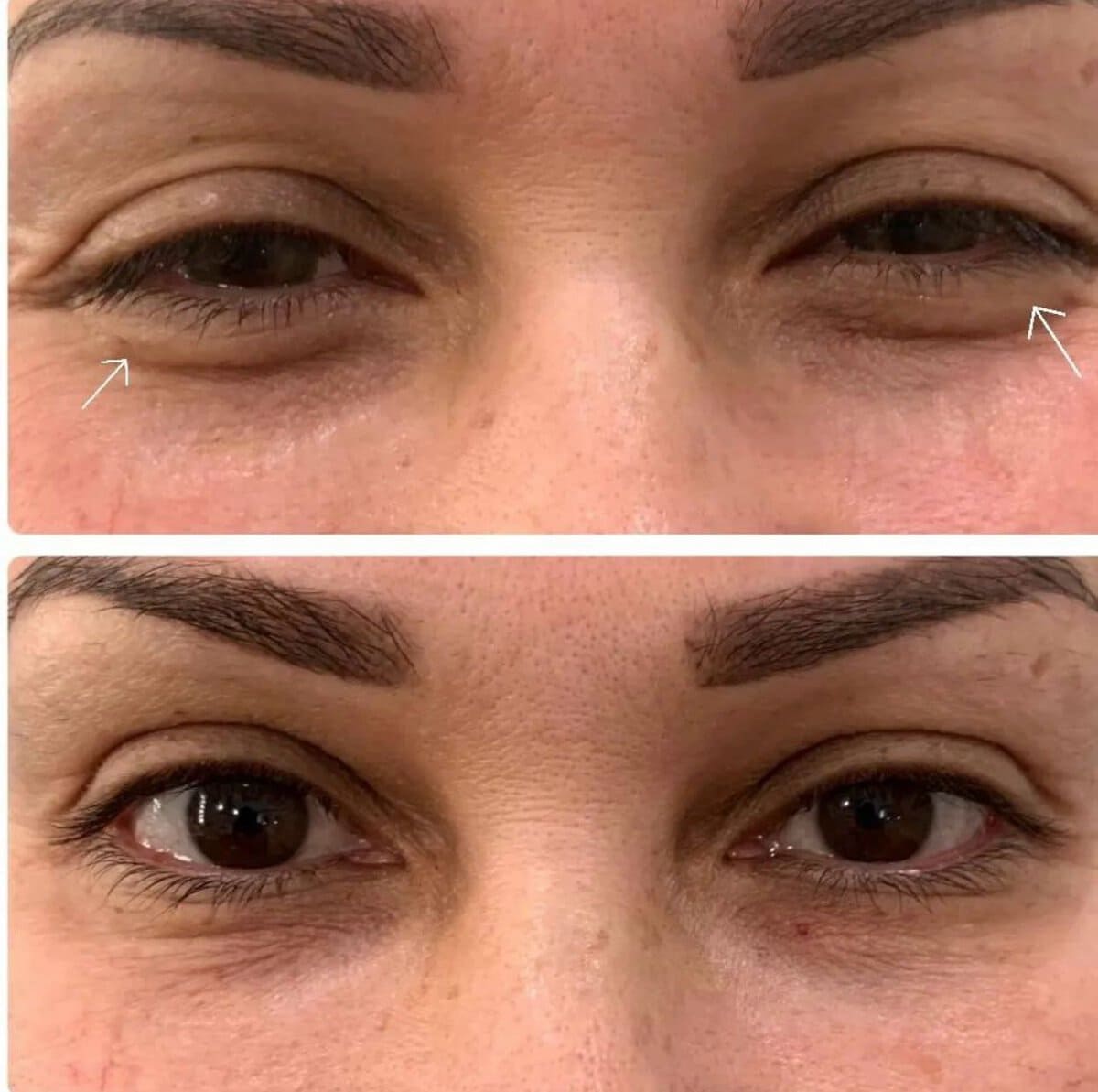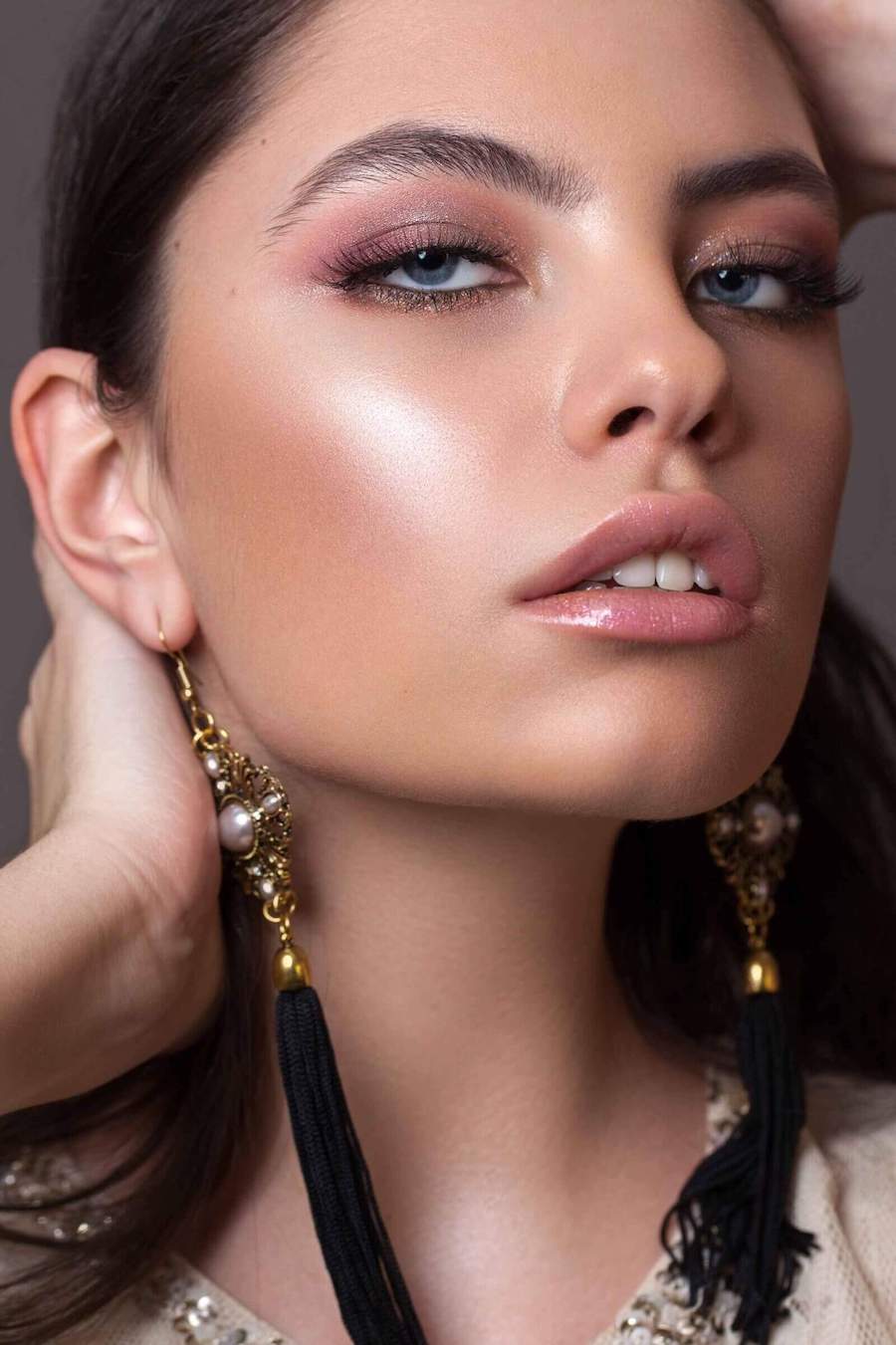Thanks to advancements in medicine, you can safely get Botox injections in facial areas you deem necessary. It’s the most commonly performed cosmetic procedure in the world and is often used to treat the effects of aging in the upper face. You can get injections around your eyes to manage common woes like crow’s feet, sagging, and “11” lines between the brows.
While this is a standard procedure that should be harmless when done by professionals, it’s still best to anticipate associated risks, potential side effects, and aftercare musts to ensure you get the most out of it.
What to expect immediately after getting Botox around the eyes
For best results, you are usually expected to get injections every three to six months. The treatment should take about 15 minutes. This should only result in mild discomfort, with pain levels never feeling severe. After the injections are complete, some swelling and redness should be expected. Your provider may apply ice or a cold compress to address this.
It generally takes about a week to 10 days after treatment for the final results to be seen. Some patients will experience mild bruising, especially if multiple Botox injections are administered. This should be resolved within a few days. While there is no downtime, there is still a technical “recovery” period during which you need to take extra precautions to avoid complications and undo the work done. If you follow the aftercare instructions given by your provider, you can see optimal results lasting for up to half a year.
Anticipated effects and what to watch for
Swelling around the eyes is to be expected, but this should naturally subside after a few days. Some patients also experience uneven results for the first week or so, with the eye area looking asymmetrical as a result. Please consult your Botox provider to monitor your progress and ensure that the botulinum toxin settles properly in the target area over time. You may also feel some numbness because of how the muscles in your eye area react to Botox, which inhibits the neurotransmitters in charge of contraction. Again, any tingly or numb feelings should go away after a few days and not prevent you from moving other parts of your face (like your jaw and eyeballs.)
Because of the proximity of injections to the eye area, the muscles and nerves within your eyes may also be affected. Don’t panic if you experience any vision changes, as it’s not unheard of for patients to have temporary blurred or double vision. If the vision problems persist after a few days and your provider can’t identify the issue, make sure you get an eye exam. This should reveal any underlying issues and give you a good idea about your eyes’ condition. You can get checked by a licensed optometrist and Independent Doctors of Optometry to take advantage of insurance coverage, comprehensive tools, and testing that should more accurately identify what is affecting your vision.
If you have droopy lids and fat bulges, you should also bring this up with your provider. That said, it’s also an expected side effect that shouldn’t immediately be a cause for concern. You may also want to contact your doctor if you are experiencing excessive tearing. Severe reactions that should be a cause for immediate treatment include drooling, flu-like symptoms, excessive pain, persistent swelling, headaches, and difficulty breathing.
Taking care of your eye area after Botox
Aftercare is not just about getting the most out of your investment. It’s also about keeping your skin healthy and safe so you can enjoy the optimal results of your treatment without risk. Below are tips you should follow the moment you’re done with the injections, but categorized into how long you need to adhere to them.
The first 24 to 48 hours
This is the most crucial period, as you’re just fresh off the injection. Don’t drink alcohol, as this can be heavily dehydrating and harm the healing process. It also makes the skin around your eyes and the eyes themselves more prone to drying. You also want to avoid touching your face, as this will affect how the Botox settles. Even if you see some bumps or redness, do not touch them, as you risk moving the liquid around. This also means avoiding strenuous activities or exercise for the first day or so.
Additionally, you should avoid wearing makeup for at least 24 hours. Since this will involve touching your face, you risk infection and compromising the injection site due to the chemicals in makeup and germs from brushes, sponges, and other makeup tools.
The first three days
This tip is most important in the hours following your injection, but you still want to avoid direct heat for about three days after your treatment. Sauna treatments, hot showers, and sunbathing are big no-nos, as these can disperse the Botox before it has fully settled. The impact of these activities on your blood flow can also result in bruising and a longer time to reduce swelling.
You also don’t want to sleep on your face, as this adds pressure to the areas where the toxin is still settling. If you tend to sleep on your side, try to add pillows that naturally inhibit your movement without causing any discomfort or pain. During this period, you should stick to gentle cleansers and minimal products. Studies have shown that these are just as effective at killing viruses and germs without the harsh ingredients found in other skincare products. If your regular skincare products contain retinol, glycolic acid, and exfoliants, you risk irritating your skin and disrupting the desired results of your Botox injections.
The first 14 days
For the first couple of weeks after your injections, you must avoid getting other facial treatments. This can compromise the results of your treatment and push the solution to other muscles that aren’t intended for this. Intense chemical treatments can also interfere with the desired results as these involve a lot of direct interaction with the eye area.
If you take any medications and blood thinners, you may want to consult your doctor and Botox provider. These medications can cause more bruising and impact the recovery period, so it’s worth considering the best aftercare plan that works for your overall wellness. Overall, if you take good care of yourself during recovery time, you shouldn’t run into any problems with getting Botox around your eyes. Instead, you can enjoy seeing the lines and wrinkles fade away from this area of your face.

